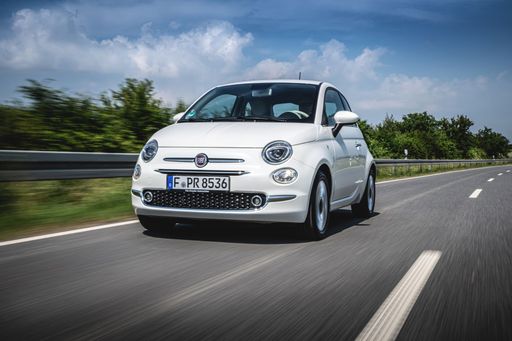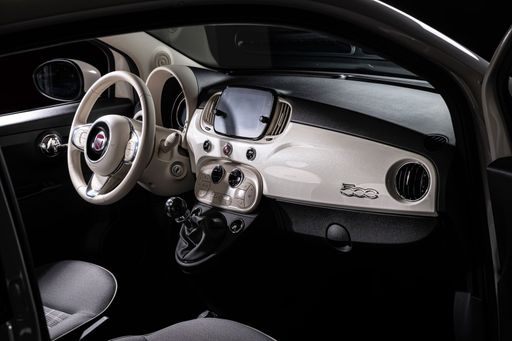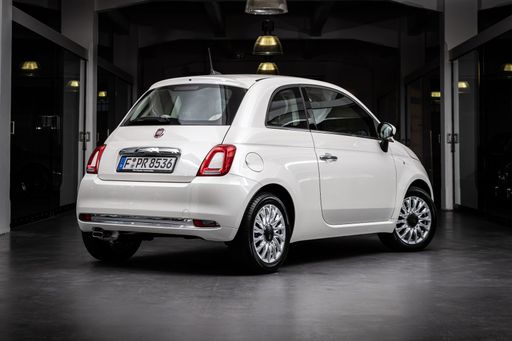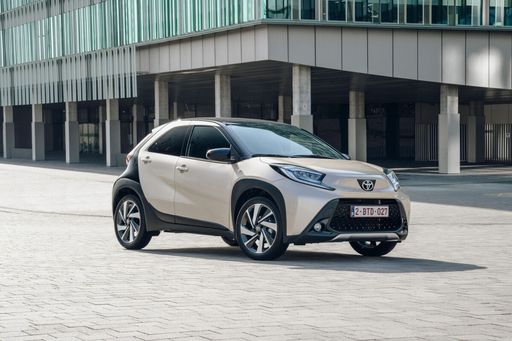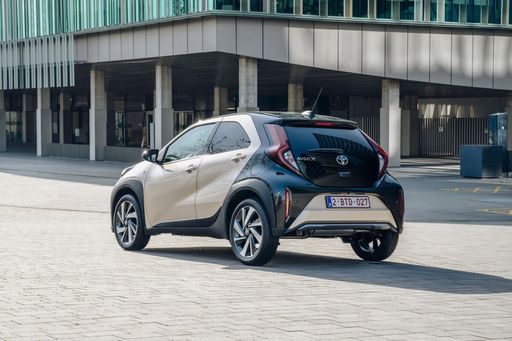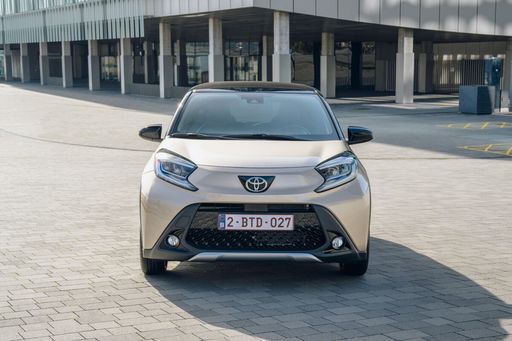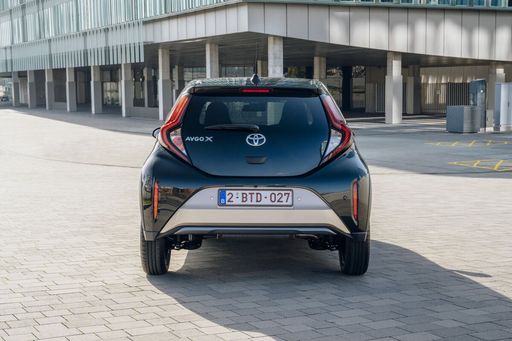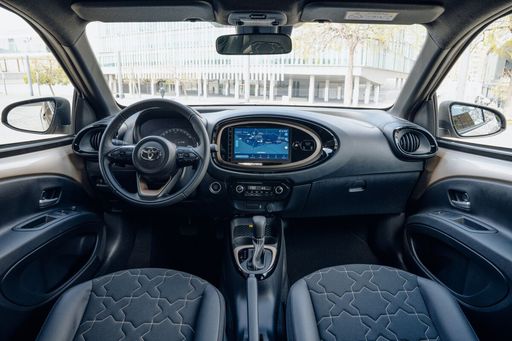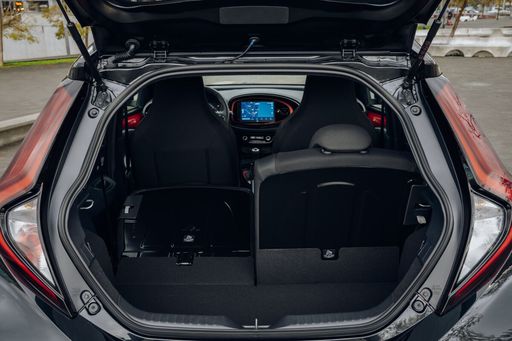Fiat 500 vs. Toyota Aygo: A Clash of Urban Compacts
In the bustling world of urban commuting, compact cars have become a staple for city dwellers seeking efficiency without compromising on style. Two notable contenders in this segment are the Fiat 500 and the Toyota Aygo. While both vehicles share the same purpose of providing a nimble driving experience, their approaches differ significantly. Let’s dive deeper into their specifications, innovations, and overall driving dynamics.

